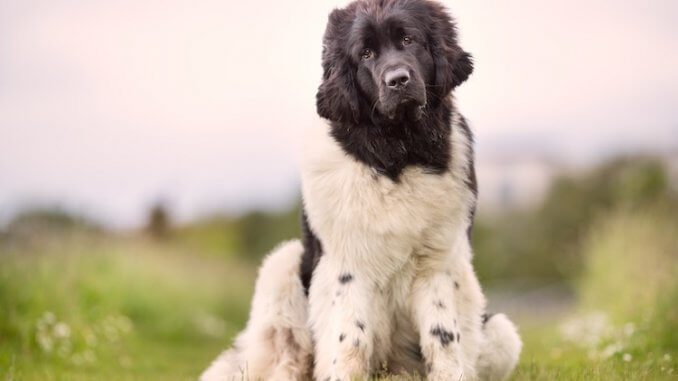
The Saint Berdoodle is an unusual mix of a Saint Bernard and a standard poodle; creating a fluffy gentle giant of a dog!
Ideally suited as a companion pet, this friendly and intelligent crossbreed can also be seen working as a therapy dog.
This crossbreed is fairly rare, as it is quite a recent designer dog, but the qualities they inherit makes you wonder why they aren’t as popular as other large mixes.
They really do seem like the perfect all-rounder. That is of course, if you are into dogs on the larger side!
With both parent breeds being incredibly friendly and social, the Saint Berdoodle mix is a loving and intelligent dog with a big heart.
These giant wooly-looking teddy bears have a soft coat in a range of colors and a soft personality to match.
Suited to families with older children, due to their size, but also a good dog for first time owners, this crossbreed will melt your heart… let’s take a look at why this dog could steal your heart!
TABLE OF CONTENTS
What Is A Saint Berdoodle?
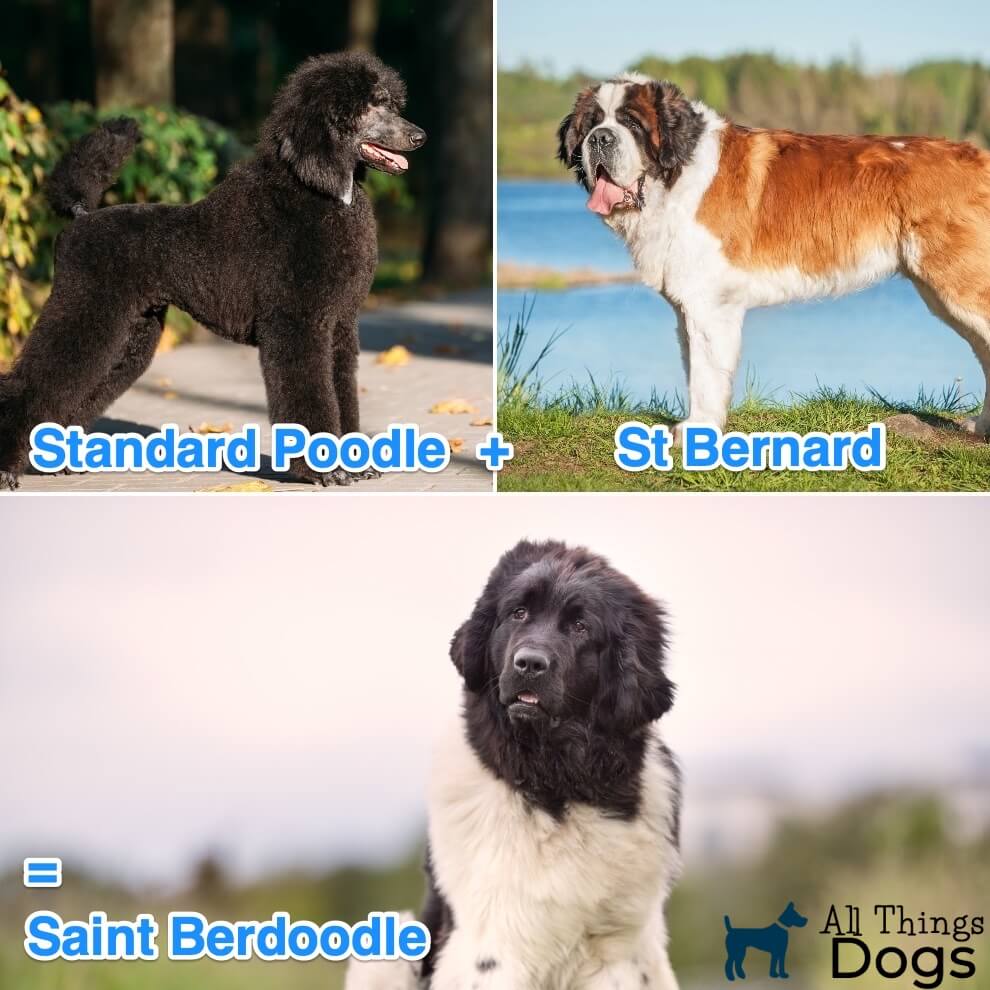
The Saint Berdoodle is the result of breeding a standard poodle and St Bernard.
This dog will inherit traits from both parents, so it is difficult to determine which traits the breed consistently possesses.
The breeder’s goal was to breed dogs which inherit the gentle and affectionate St Bernard nature as well as the intelligence of the Poodle.
However the inheritance of such personality traits can never be guaranteed with a crossbreed; temperament will of course be influenced by environmental factors as well.
Breed Origin
St Bernard
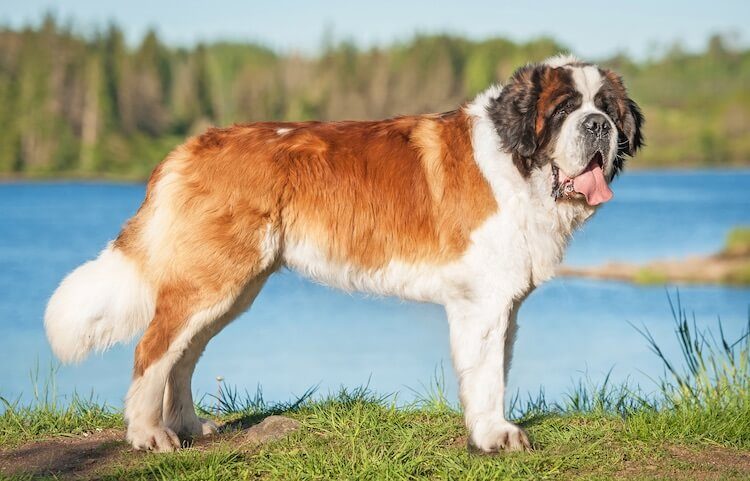
The St Bernard originates from the western Alps in Italy and Switzerland where it was historically bred for search and rescue purposes.
Their name comes from the Great St Bernard Hospice, a traveler’s lodge located on a dangerous part of the Alps known the Great St Bernard Pass.
The monks that lived there were known to help lost travelers and would send the dogs ahead to find the people who had lost their way.
Nowadays, they are no longer used in alpine rescues, but are more accustomed to a companion pet lifestyle, though some do take part in dog-sports such as weight pulling and carting.
Poodle
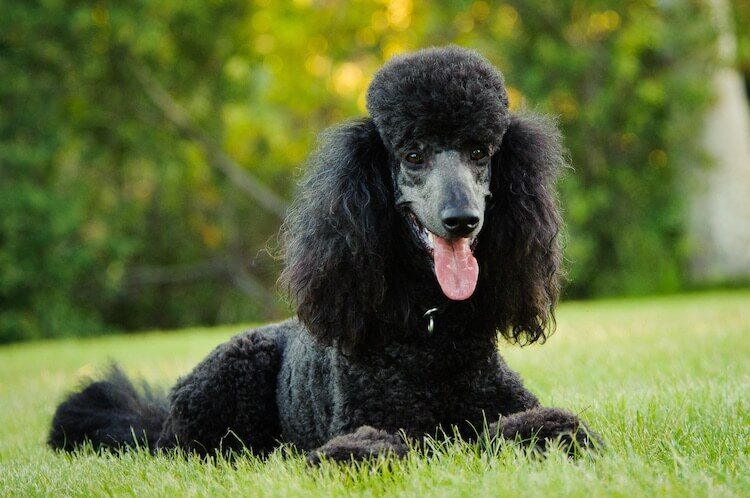
Poodles on the other hand were originally from the French German borders.
Bred as gundogs to retrieve ducks and birds, which had been shot down by their human hunting companion, most recently they are kept as a loving family pet.
Retaining the Poodle’s well-known intelligence aids first time owners in training and obedience.
Saint Berdoodle
Despite the St Bernard and Poodle existing from the 16th/18th century, intentional breeding of this mix is a very recent phenomenon.
Like many designer breeds, no one can be one hundred per cent sure where the pioneer crossbreed came from or how long they have been around for.
However, it is believed that they probably started to be bred in the US around 1980s when crossbreeding became popular.
Kennel Club Recognition and Pedigree
The primary purpose for this crossbreed was to create a loveable and intelligent companion dog.
As it is a mix, the Saint Berdoodle is not recognized by the American Kennel Club as they only accept purebred dogs for registration.
They are however, recognized by the:
- American Canine Hybrid Club
- Designer Breed Registry
- Designer Dogs Kennel Club
As the St Bernard Poodle Mix is very rare, there are no breed-specific rescue centers or organizations.
Currently, an official breed club is also yet to exist but rest assured, there are many Saint Berdoodle enthusiasts on social media groups who are open to new members.
| Size | 24-30″ |
| Weight | 50 to 200 pounds |
| Lifespan | 10-12 years |
| Breed Type | Mixes and more |
| Purpose | Companion or Therapy Dogs |
| Suitable For | Families With Older Children, Novice Owners |
| Color Variations | Brown And White, Black, White, Cream, Café Au Lait, Grey, Blue, Silver, Brown, Red. |
| Temperament | Intelligent, Gentle, Friendly, Loyal, Playful |
| Other Names | St Berpoo |
Saint Berdoodle Puppies
The average cost of a Saint Berdoodle puppy is around $600-700 USD with some having been sold for $1,000.
An average litter usually consists of between 6-10 puppies, however, some litters can be considerably smaller.
You can expect a Saint Berdoodle to reach full maturity at around two years of age where it would have reached its full height and have filled out… at this stage you can relax – he will not grow any bigger!
| Age (months) | Size (pounds) |
| 2 | 8-14 |
| 3 | 12-39 |
| 6 | 26-80 |
| 9 | 39-110 |
| 12 | 50-120 |
An interesting fact about this puppy is that their size is very unpredictable! As a crossbreed it can be very difficult to predict their size and growth rate.
Saint Berdoodle Temperament

As they are a crossbreed, these dogs do not have any breed-specific behaviors.
Generally, the Saint Berdoodle is very sure of himself and is a confident dog when it comes to distinguishing between threatening and non-threatening situations.
Hunting and watchdog instincts are likely to have diminished over the years, however, if they are bred from an active line (who are still worked as search and rescue dogs), then their instincts will be stronger.
Both parent breeds, although having a history of being watchdogs, aren’t inherently aggressive or vocal.
The Saint Berdoodle should therefore have a minimal risk of aggression; providing they have correct socialization (i.e. an appropriate upbringing).
They are also not known for being great noise makers unless, like most dogs, they are particularly excited or stimulated.
Saint Berdoodle Personality
The personality of the Saint Berdoodle is generally a very sweet-natured dog.
Though they have not been studied in great detail due to their relative rarity, combined with the fact they are quite a recent breed, breed-specific characteristics can be hard to establish.
If bred from a Poodle companion dog lineage, the prey instinct in the Poodle should be thoroughly dampened down, if not completely extinguished; so the chances of your Saint Berdoodle chasing off the neighborhood cat are pretty low.
Compatibility with Families
Both parent breeds are well known for being gentle, sensitive and friendly.
The Poodle was even voted as one of the top three most sociable dog breeds.
Both parent breeds have a history of being incredibly social and affectionate towards humans (strangers and children alike), as well as also being very friendly towards other dogs.
Although friendly towards smaller children, just as much as they are with the older ones, Saint Berdoodles may be more suited to homes with older children because of their size and potential clumsiness.
Fun Fact
St Bernards are so gentle and friendly towards children, they were famously used as ‘nanny’ dogs to protect and look after children. Nanna from Peter Pan was a St Bernard!
Other smaller mammals, such as cats and birds, may take some more getting used to for this dog, but refraining from chasing them is something which can be trained.
All of this, of course, will be dependent on the puppy being thoroughly socialized and exposed to all kinds of different situations to prepare them for the big wide world.
When socialized appropriately, the Saint Berdoodle should have no problems being everyone’s best friend.
Saint Berdoodle Size
Full Grown
The typical adult size of a Saint Berdoodle is dependent upon the size of its parents and how many genes the offspring inherit from each one.
If a female puppy inherits more of her St Bernard father’s genes, she will likely grow up to be a big girl.
The range for both males and females can be anywhere between 50-200 pounds, but new owners should be able to get a rough estimate by examining growth charts and monitoring the growth rate of their puppy.
Their height can be around 24-30 inches (to the withers) for both males and females.
They are also likely to be classed as a giant dog breed.
Appearance
The Saint Berdoodle typically inherits the size and shape of the St Bernard and the wooly coat type of the standard Poodle.
Hybrid offspring can look more like one of the parent breeds, or be a mix of both of them.
Generally, they are tall, with broad shoulders, a large head, floppy ears and hazel eyes.
You can be sure this dog will be large… and fluffy.
Color Types
Their coat color can follow that of either parent breeds.
Therefore, they could be white on their legs, chest, belly and snout with a range of brown tones occupying their back, tail, head and eyes like the St Bernard.
Or they could come in a range of standard Poodle block colors: black, white, crème, café au lait, apricot, grey, blue, silver, brown or red.
Coat
Again, as the Saint Berdoodle is a cross, it will entirely depend on the specific puppy.
Some take after the St Bernard, with a silky double coat, others will inherit more of the Poodle coat which will mean a wooly, coarser curly coat.
Grooming regimes will depend on their coat so it is recommended to get advice from a groomer if you’re unsure of your dog’s coat type.
The Saint Berdoodle is a low to moderate-shedder and so are ideal dogs for people with dog allergies.
Grooming Guide
Brush frequency will depend on the coat type, but a daily brush combined with a thorough weekly brush will be great to remove excess undercoat from a double coated dog.
Grooming should only occur as and when necessary (or once a month if you prefer some routine).
Regular checks of the eyes and ears should be conducted to ensure no infections are taking hold and regular trimming of the nails is essential for the dog’s comfort as over-grown nails become painful.
Neither parent breeds are particularly susceptible to teeth issues but daily dental chews can have a major impact on your dog’s dental health by removing and preventing tartar build up.
Saint Berdoodle Care Guide
Considering the size of this huge pooch, their grooming and exercise regimes are surprisingly low.
This can make them suited to novice and experienced handlers alike as well as families.
Experience of larger breeds may be beneficial (but not essential) in providing a happy and healthy lifestyle to your Saint Berdoodle.
Food and Dietary Requirements
| Daily Food Consumption | |
|---|---|
| Guide | 2,000+ calories |
| Cups of Kibble | |
A good quality dry kibble (specifically formulated for giant breeds) twice a day will be sufficient for this crossbreed.
If they happen to be a particularly fussy eater, you can add some warm water to the kibble to try and make it more appealing.
Failing that, you can also try adding some stronger smelling wet food but just remember to reduce kibble accordingly in line with daily calorie intake.
Just be mindful that if you do this, you will unlikely be able to go back to feeding just dry kibble once they have got their paws on something smellier and tastier!
Exercise Requirements
| Daily Exercise Requirements | |
|---|---|
| Minutes | 60 minutes |
| Activity Level | |
Low intensity walks of around 60-90 minutes are ideal for the Saint Berdoodle.
Their large and bulky size means they aren’t suitable to running around for extended periods of time – as they don’t have endless energy and aren’t very agile!
They will still require thorough exercise and stimulation to tire them out and benefit from off leash walks in the park.
Both parent breeds are very sociable, so this will enable them to have plenty of mental stimulation and canine interactions – just make sure that recall is well trained!
Alternatively, both parent breeds also love a good swim. This is also an effective way to cool down during the warmer months.
Training
With an intelligent Poodle parent, combined with the St Bernard (who was historically trained to work for search and rescue), the Saint Berdoodle should be a clever and fast learning dog.
This is never guaranteed, and every puppy is different, but their genetics puts them on the path with a good chance of high trainability. However, here are some puppy training tips to help your Saint Berdoodle during its formative years.
Appropriate socialization, and exposure to lots of novel experiences as a puppy, combined with positive reinforcement training and repetition, puts them in good stead to become an obedient young adult.
This intelligence does also mean they require plenty of mental stimulation to keep them occupied and prevent them from becoming bored (which could lead to destructiveness).
Brain games and puzzles feeders are a great way to distract and occupy them when you aren’t around.
Known Health Problems
The Saint Berdoodle has a healthy lifespan of 10-12 years. It is the hope for many parents of a hybrid that the diseases and common health problems which frequently affect each of the parent breeds will skip their offspring.
This unfortunately can never be guaranteed.
For that reason, key health issues to look out for in the Saint Berdoodle are as follows:
- Hip dysplasia – A malformation in the hip joint causing lameness and painful arthritis. There unfortunately is no cure, but medication and hydrotherapy can help to relieve pain.
- Bloat – This is where the stomach twists and then fills with gas causing excessive panting, drooling and a swollen stomach.
- Ear infections – They may be prone to mild ear infections which they should be checked for regularly and treated as necessary.
Saint Berdoodle Summary
This big friendly giant appears to be a very underrated crossbreed.
Intelligent and friendly to strange humans and dogs alike, the Saint Berdoodle boasts a playful and affectionate nature, likely to form strong bonds with its owner and family.
Their grooming routine and exercise routine are fairly low maintenance in comparison to other dog breeds and the rewards you gain in return are priceless.
As long as this intelligent hybrid receives sufficient mental stimulation and aren’t separated from their owner for too long, they could make the perfect furry best friend.
Is this dog just what you are looking for? Let us know in the comment box below.
Other Poodle Mixes
If you’re interested in learning about other poodle mixes, check out the hybrid dog breeds below.



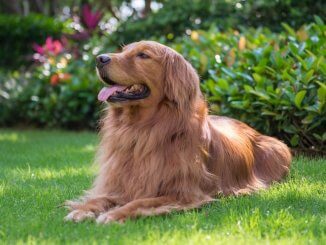
This description is very accurate! Thank you for taking the time and detail.
I have an 18 month old St. Berdoodle. Prior to getting him (Bernie), I had rottweilers. I agree with your description and can validate how you assessed their attributes. I adore my dog and find that he’s been the easiest puppy I’ve ever owned.
Peg, where did you get yours? I’m looking for one.
As all dogs do have their own personalities. Our St.Berdoodle is 13 months old and she is very vocal when in our yard. She is very much a watch dog. She’s very loving to both Family and welcomed guest. At this point in her life she can be a little rough at play. She does love to take a swim if the opportunity presents itself. Size at 13 months 84 lbs. 27 3/4” at the withers, Growth dropped off at 9 1/2 months after her first heat. She really hasn’t grown since then, that I can see. Weight and height seems to be about the same. If not Exercised or stimulated mentally she will dig holes in my backyard. She’s very strong and does have a tendency to pull when excited on the leash. All in all smart, loving, and athletic for her size. She has good bone density but not as wide as a St.Bernard, tall and narrow more like a standard poodle. Just more stout.
I have A ST.Berdoodle who is 9 months old and 85 lbs. We have only had him for 3 weeks, but every day his stool is yellow and very soft, sometimes even a little runny. Some days he will eat really well, other days not much at all. I took him for shots last week and the vet said he was fine except for whipworms which he started treatment on, but we didn’t talk about BMs because we had many questions. SHould I be concerned?
We had a Saint bernard that was the love of our lives! Thinking about a St berdoodle as our next furbaby. Very interested!